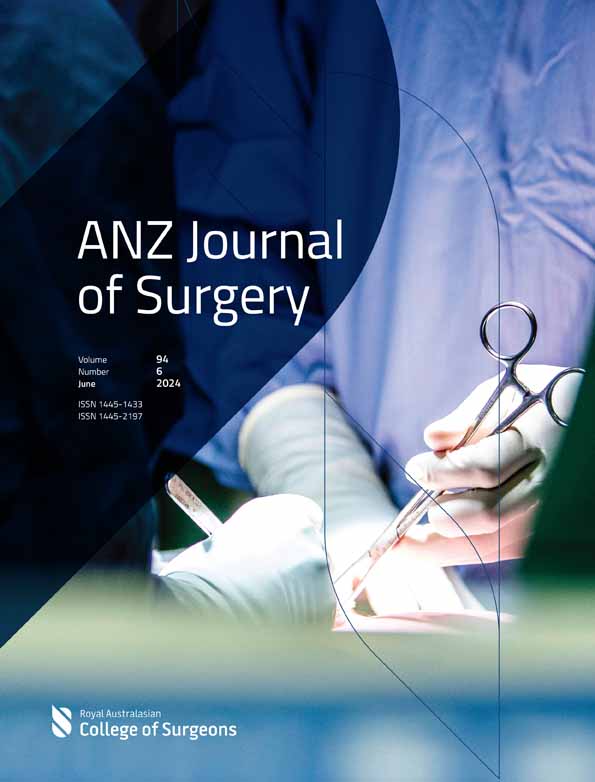Management & surveillance of rectal neuroendocrine tumours: a single-centre retrospective analysis
Abstract
Background
Rectal neuroendocrine tumours (rNETs) are rare but are increasing in incidence. Current management and surveillance recommendations are based on low-grade evidence. Follow-up practices are often inconsistent and costly. This retrospective study analyses a single-centre's experience with rNETs to assess incidence, management practices, outcomes, and guideline adherence.
Methods
This is a single-centre retrospective study from Queensland Australia, spanning from 2012 to 2023. Twenty-eight rNET cases met inclusion criteria. Examined parameters included incidence, management, outcomes and adherence to European Neuroendocrine Tumour Society (ENETS) guidelines. R1 resection rate was analysed for associations with resection technique and lesion recognition and recurrence rate was assessed in all patients.
Results
This study shows an increasing incidence of rNETs during the study period, reflecting a global trend. R1 resection rate at initial endoscopy was 75%. There was a general lack of advanced endoscopic techniques utilized and poor lesion recognition, however a statistically significant correlation was not established between these factors and an R1 result (P < 0.05). Most patients with an R1 result had subsequent re-resection to render the result R0, however five patients (33%) underwent surveillance with no reports of recurrence on follow-up. Overall, follow-up practices in our cohort were inconsistent and did not adhere to guidelines.
Conclusion
rNETs are increasing in incidence, emphasizing the need for standardized management and surveillance. Further training is required for rNET recognition and advanced endoscopic resection techniques. Further research is required to assess long-term outcomes in surveilled R1 cases, understand optimal endoscopic resection techniques and further develop local surveillance guidelines.
Conflict of interest statement
The authors have no conflicts of interest to declare, there is no financial interest to report.




